Despite its isolation and pariah status, North Korea has done it again. It confounded far more established nuclear powers by claiming to have tested a thermonuclear device, within a little more than a decade of its first test in October 2006. The test was initially estimated to be a weapon with a yield of between 100-120 kilotonnes, six times more powerful than the one dropped on Nagasaki. The last nuclear test by North Korea was around 17 kilotonnes, lending credence to its claim that this was a bomb in an entirely different category. Prior to this stirring event, it lobbed missiles, claimed a satellite launch, and most recently tested what seems to have been an intercontinental ballistic missile (ICBM) with an estimated range of 5,500 kilometres. [caption id=“attachment_3988641” align=“alignleft” width=“380”]  File image of US president Donald Trump. AP[/caption] Stung by a barrage of invectives from US president Donald Trump, North Korea even threatened to fire a series of missiles near Guam, which would have entailed flying over Japan to reach the US territory. It may yet do so if the belligerence apparent in Pyongyang is any indicator. Kim Jong-un, who succeeded his despotic father in 2011, has revved up the nuclear and missile programme of the Democratic People’s Republic of Korea (DPRK). Statistics show that half of all the tests conducted since the inception of the programme, occurred during Jong-un’s watch. Overall, North Korea’s missile tests show a rising level of capability. First, the July test of the Hwasong 14 was on a clearly lofted trajectory, where the missile travelled vertically for nearly 2,800 kilometres (about seven times higher than the international space station) into the atmosphere. Second, it has been able to evolve from wheeled to tracked launchers, which means that the missile battery can avoid roads, and remain well hidden almost anywhere before the launch. Third, and most importantly, it has moved completely to solid fuels, which means that there is no difficulty in launching a missile at a moments notice. Liquid fuels, on the other hand, require hours of preparation, during which time the missile group is a sitting duck for enemy action. A detailed analysis of the pictures released of the missile cone that is alleged to carry a thermonuclear weapon is yet to come, but even then there are pictures of rocket casings indicating that a future missile may be lighter and therefore longer in range. Fourth, there is now an agreement among intelligence specialists in the US and Japan that North Korea’s boasts that it has produced a miniaturised warhead may not be an idle one.
To understand how a country that has been under sanctions for decades and with a gross national income that is less than 5 per cent of its neighbour, there is a need to cast an eye on the operating methods of North Korea and its network of allies. In 2017, North Korea’s economy actually grew despite being under heavy international sanctions.
Satellite imagery had shown an increase in the size of the markets, and new malls and cab companies coming into operation. According to available statistics, North Korea does more than 90 percent of its trade with China, who buys almost all of the coal that the country produces. Coal is North Korea’s primary item of export. China follows a ‘stop-start’ strategy with regard to sanctions, as it balances South Korea’s purchase of US weaponry with hindrances on trade with Pyongyang. However, miffed by international criticism, it recently stopped all imports across the border and stopped oil exports, which should have brought the country to its knees. That it did not, was due to the fact that North Korean ships continued to dock on the Chinese mainland, and a fleet of fishing boats also continued a brisk trade in everything from drugs to consumer goods. The activities of the DPRK embassy in Beijing and the use of several corporations to undertake suspicious and banned activities has been brought out in details by the report of a UN-appointed panel of experts. A shipment of over 60,000 rocket-propelled grenades, caught in the Suez canal, but probably destined for Syria, underlined the activities of companies who continue to have access to the international banking system using Chinese cutouts in terms of agents or front companies.
China also ‘assists’ North Korea in much the same way as it does Pakistan. Tough sanctions are opposed at the UN Security Council, and more importantly, it provides assistance that is critical to North Korea’s nuclear and missile programme.
For instance, in 2011, Xi Jinping approved the sale of 16 wheel trucks to the North Korean regime and was vital for the movement of completed missiles to launch pads. These trucks came from Chinese entities like CASIC (China Aerospace Science and Industry Corporation) while yet another truck spotted towing a North Korean missile was identical to those used by Sinotruk. China also assists its neighbour in other ways. China allows more trade than North Korea can possibly pay for, and is its biggest donor for “humanitarian” aid, which includes the provision of high luxury goods to the elite within the regime. Kim Jong-un, for instance, has a ski lodge that has “Made in China” written all over it. There also far more serious charges. Experts believe that the North Korean warhead design is similar to a warhead used in Pakistan, which originally came from China. This brings us to the critical triangle of cooperation between China, Pakistan and North Korea. The story of the nuclear proliferation activities of Abdul Qadir Khan, the “father” of Pakistan’s nuclear programme, has been told in detail elsewhere. Quite simply, starting from 1984, Khan began by ordering twice the number of parts that the Pakistani nuclear programme needed and then selling the excess to other countries, notably Iran and North Korea. Such trading was both outgoing and incoming. For instance, Pakistan made a deal for the import of North Korean missiles, probably in return for the centrifuge designs that former president Parvez Musharraf admitted were supplied. During this period Khan made at least 13 trips to North Korea, sometimes travelling with military officials. “The Merchant of Menace” as a 2005 Time magazine cover called him, also brought North Koreans to Pakistan, and the North Korean embassy in Pakistan was the hub of this and other nefarious activities. What was notable was that many of these flights to North Korea occurred via China. Khan was brought to heel only when his assistance to Iran riled the US enough to bust open the whole underground trade in 2004. But the whole China-North Korea connection and the clear involvement of Chinese corporations in Pakistan’s clandestine nuclear programme were swept under the carpet. Years later, it emerged that the North Korean tunnel designs, which were used to optimally test a nuclear weapon, were similar to that “fish hook” design originally used by Pakistan. Whether this was provided during or after the Khan debacle was unclear.
India is alarmed with the tests done by North Korea, because the North Korean ‘miniaturised’ design may also reach Rawalpindi. There is, however, an, even more, cause for worry. The UN panel had also indicated activities of North Koreans in Sri Lanka, who had even met the country’s minister of defence in late 2015.
Trump is right in saying that North Korea has been allowed to get away with its proliferation and smuggling activities by previous administrations. He is also right in singling out China as a prime source of the present crisis. The threat to sanction any company that does business with North Korea is logically right but practically difficult, to say the least. As the wits on Twitter said, that would probably lead to a shutter down at Walmart. According to data from the US Government, the trade in goods between China and US alone totalled $578.6 billion last year while the trade in services was worth $69.6 billion. That’s a lot of money flowing around especially at a time when the US economy can hardly afford to take a hit. However, the threat of sanctions, if supported by the usually tardy Europeans, could at least push Beijing into controlling its feisty neighbour. The most telling likelihood for that is simple. North Korea is no longer just an “evil” nuisance. With its latest test, it has crossed the Rubicon and is on the way to becoming a full fledged nuclear state. Beijing should put that in its noodle soup and mull over the consequences.


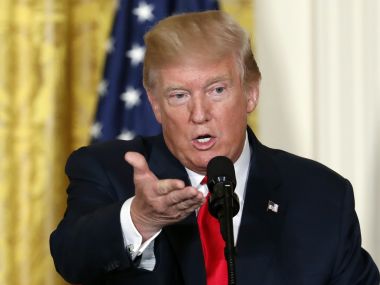)
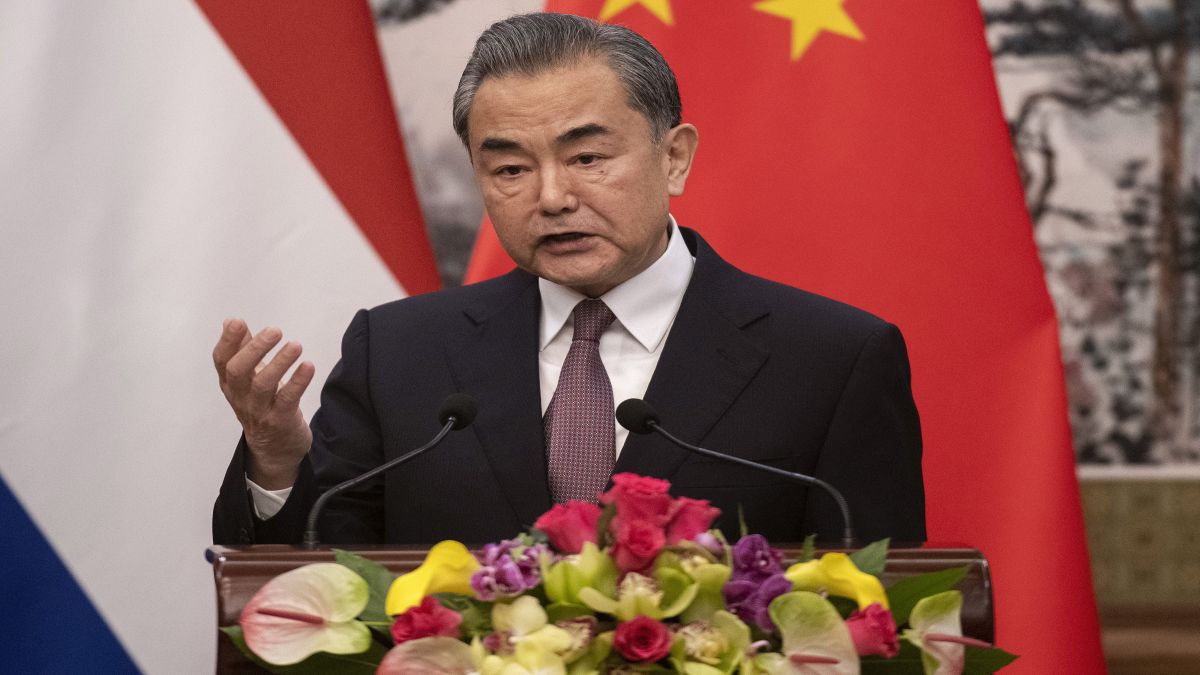
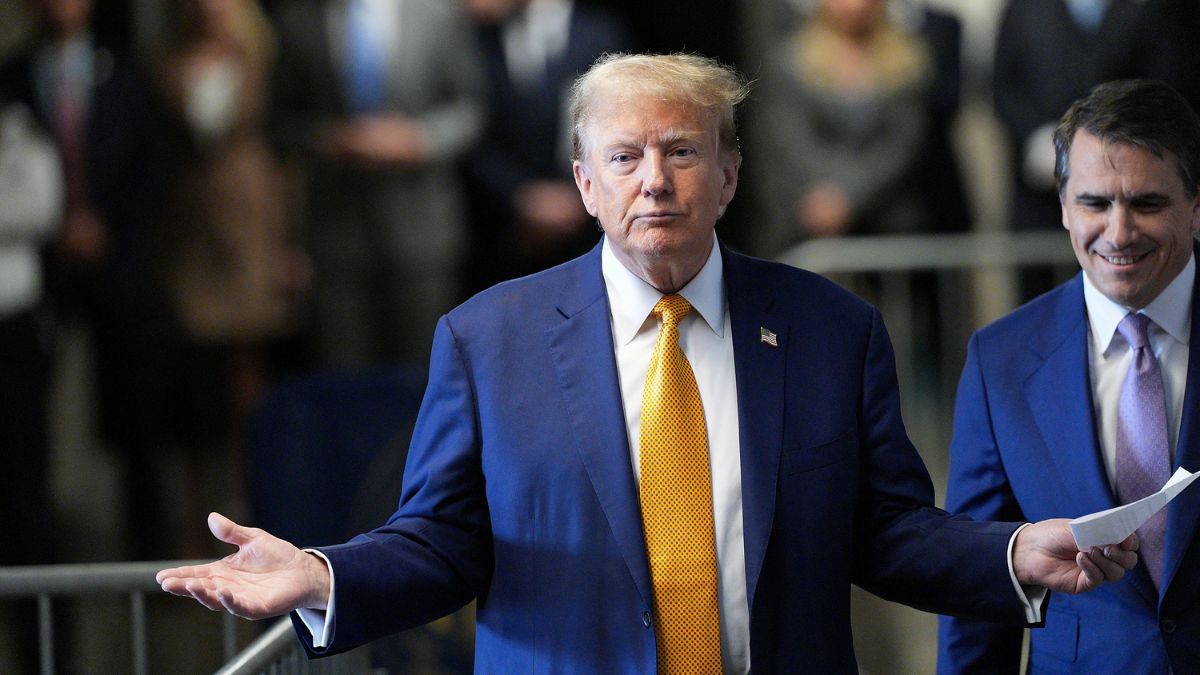)
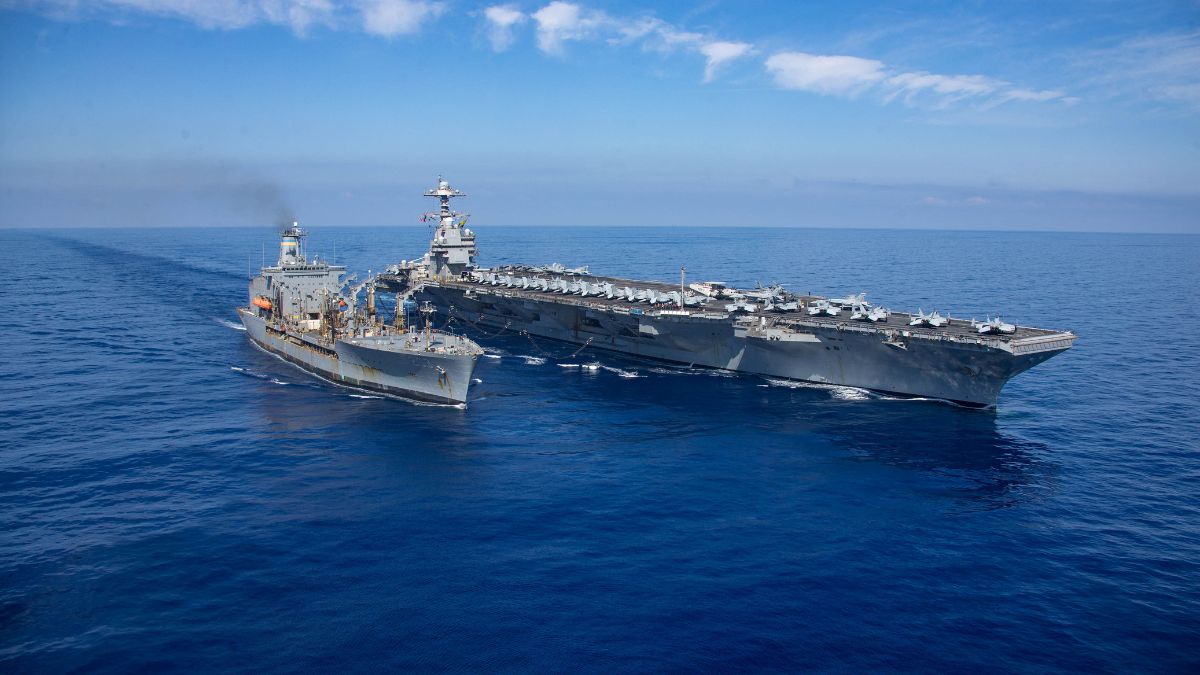)
)
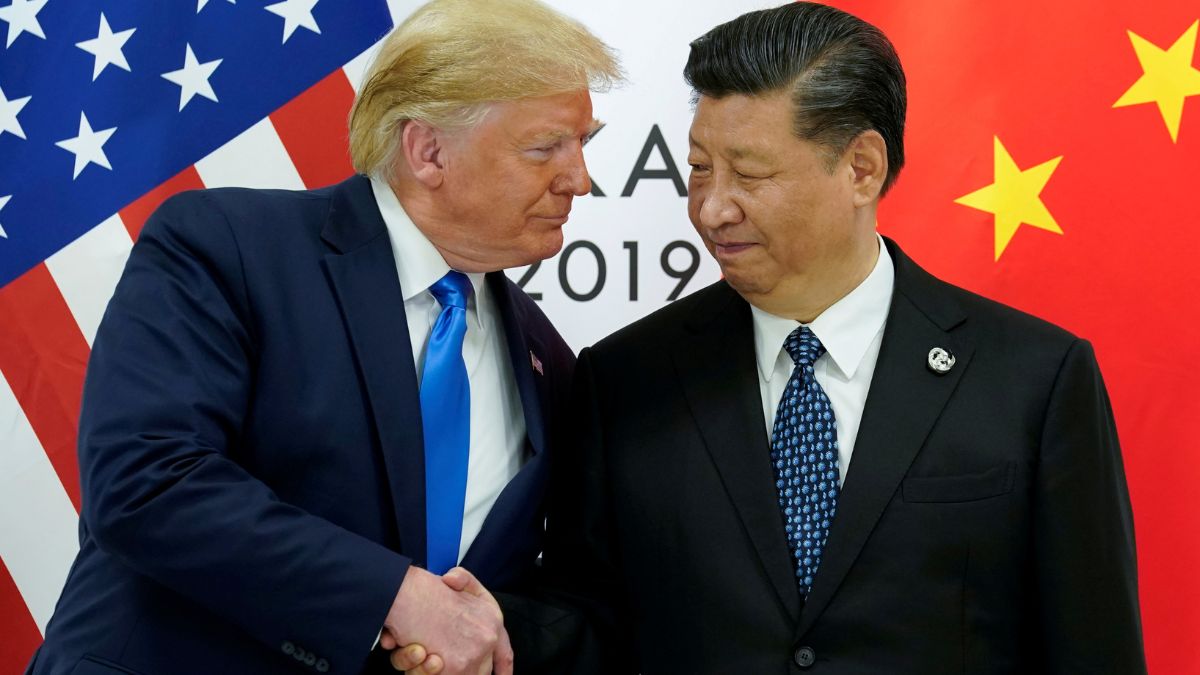)
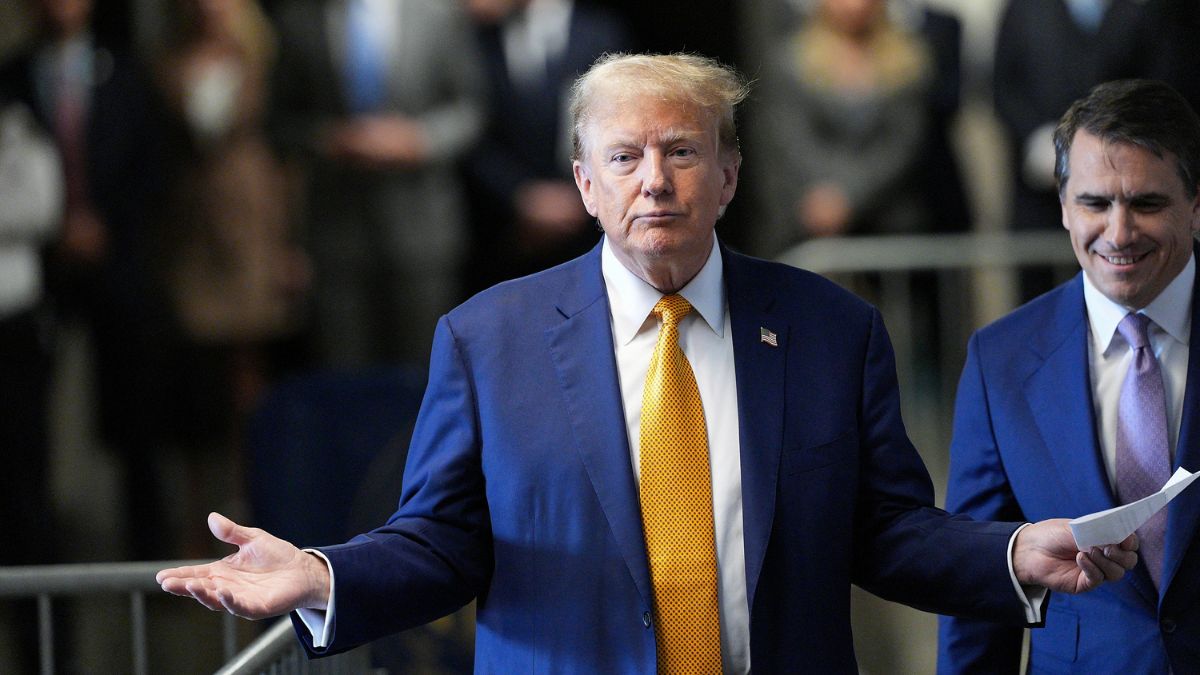)
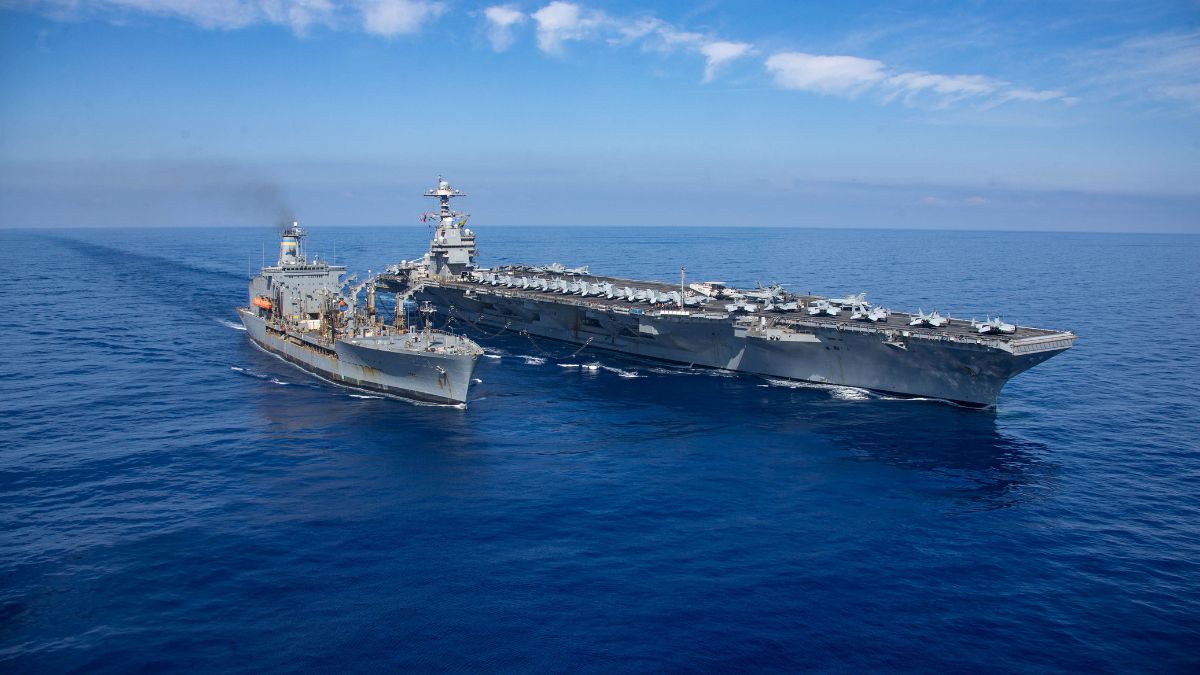)
)
)



